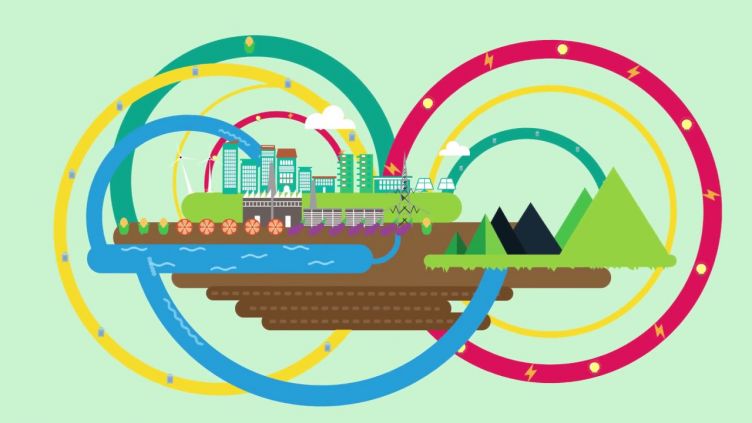Waste recycling and circular economy
- Transition to low carbon, regenerative circular economy
- Renewable resources
- Asset-sharing platforms
Research has shown the role of Waste-To-Resource recycling and circular economy in contributing to achieving:
- Net Zero 2050 on decarbonisation
- Paris Agreement on climate change
- United Nations Sustainable Development Goals on international development.
Amongst the combination of energy technologies such as carbon capture and storage, hydrogen and civil nuclear, achieving net zero also requires a sustainable supply chain, manufacturing and infrastructure. These enable the production of safe and secured energy supply, process, storage, use and close the loop in the system.
Similarly, Negative Emission Technologies, such as enhanced rock weathering, are important to help drawdown CO2 in large scale.
Waste-To-Resource recycling can lead to development of new materials, energy and power. It can also lead to secondary supply chains of rare earth and critical materials through recycling spanned globally.
Major industry such as the automotive, aerospace, electronics, semiconductor and telecommunication sectors are highly dependent upon security of supply.
Considering future supply and value chains under the framework of Waste-To-Resource recycling and circular economy, amongst other models, can lead to increased resiliency.
Circular economy considers both the materials (like metals, plastics) and nutrients loops. There are still major untapped future research opportunities that can benefit from this across key sectors including mining, energy, food and medical/healthcare.
BS8001 is the world’s first circular economy standards. International consensus recognising the importance of circular economy can also be evident through the work of ISO323, developing an international circular economy standards.

